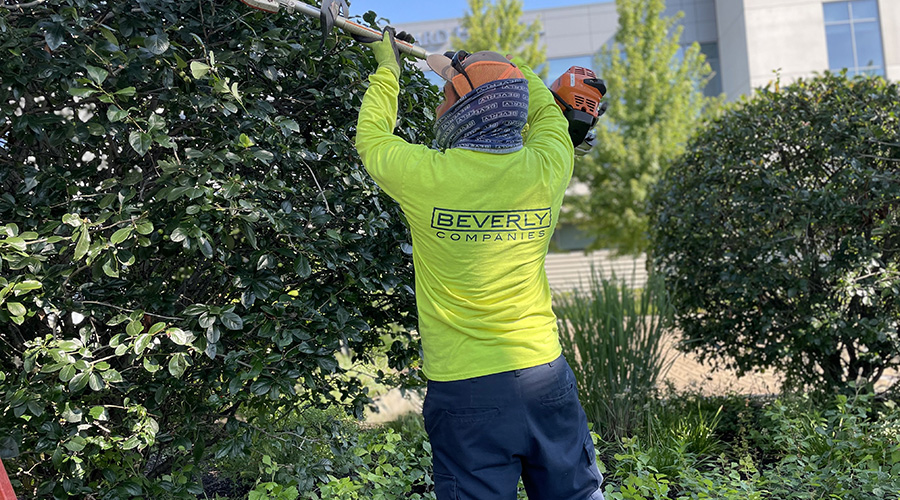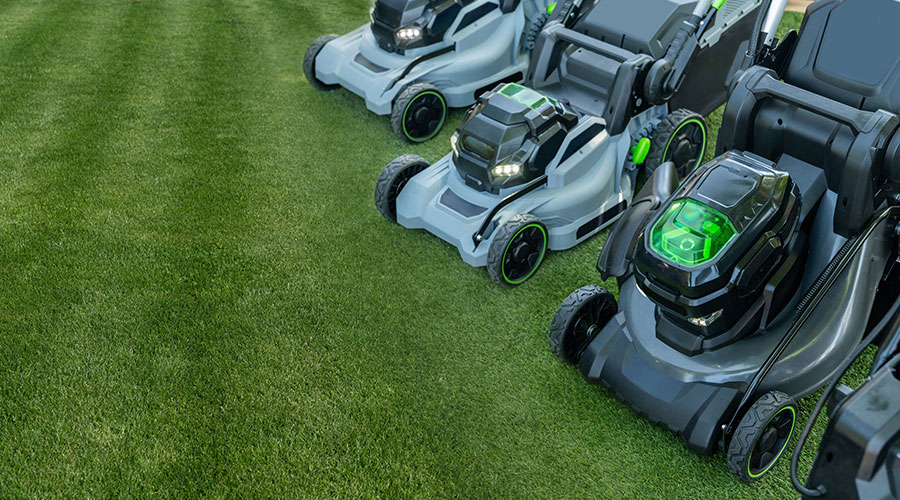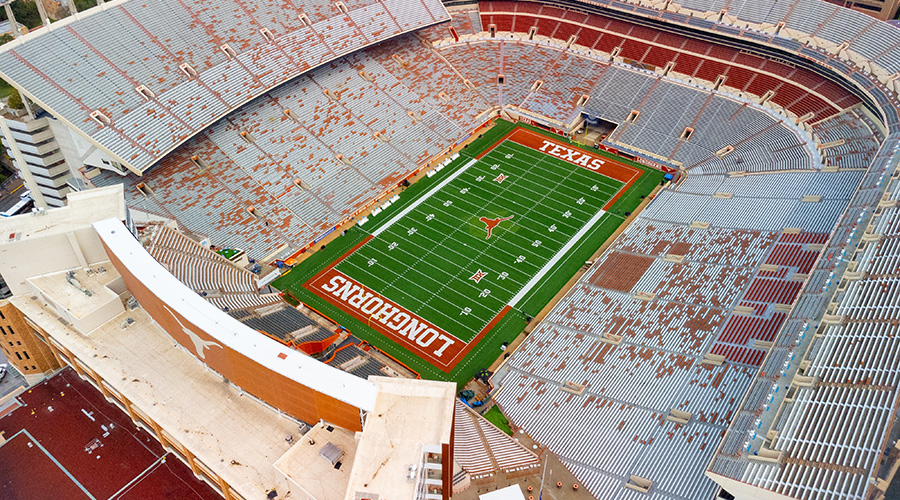Snow & Ice Management: Undertaking an Equipment Evaluation
The sun is shining, the birds are chirping, and the snow — hopefully — has stopped falling. Though winter might seem far away for grounds managers in commercial and institutional facilities, now is the perfect time to revisit the successes and failures of snow and ice operations.
Equipment, materials, and training are three key components of a comprehensive snow and ice management plan. Buildings and grounds undergo myriad changes during non-winter months, whether it is new construction projects, renovations, or changes to landscapes and hard-surface areas. These changes impact snow and ice operations, so managers need to ensure their plans still provide safe, efficient, and reliable snow and ice removal.
Equipment Evaluation
Equipment often is the first place managers start in their review of snow and ice operations. Snow and ice removal is tough work, and it can take its toll on equipment, including plows, skid-steer loaders, utility vehicles, dump trucks, and a range of attachments.
An equipment breakdown during a heavy snowstorm can create a stressful situation in the field. To ensure the equipment can withstand the rigors of snow and ice removal, operators and mechanics should perform preventive maintenance related to the most important areas of the equipment, including:
Hydraulics. Check hydraulic cylinders for stress cracks in the paint, leaking or bent fittings, and damaged hoses. It is important for mechanics to eliminate contaminants from the hydraulic-unit systems because contaminants can turn into rust and sludge while in storage if mechanics leave them in the system.
Electrical components. Mechanics should check and protect motors, wires, solenoids, switches, and connections to ensure they operate correctly when winter arrives. Using a quality rust inhibitor also can protect electrical systems from damage.
Mechanical and structural components. Mechanics should inspect each unit from top to bottom. They should check for cracks, bent pins, broken cutting edges, missing or broken bolts, twisted framework, and other cosmetic damage. Mechanics then need to repair any damage they find.
A key component of the maintenance equation is the way departments store their equipment. After cleaning and repairing equipment, mechanics should grease anything with a grease fitting. They also should remove chains, binders, sprockets, and floors from salting units and soak them in oil throughout the summer. Mechanics should remove nuts and bolts from containment plows and soak them in oil, as well.
Related Topics:













